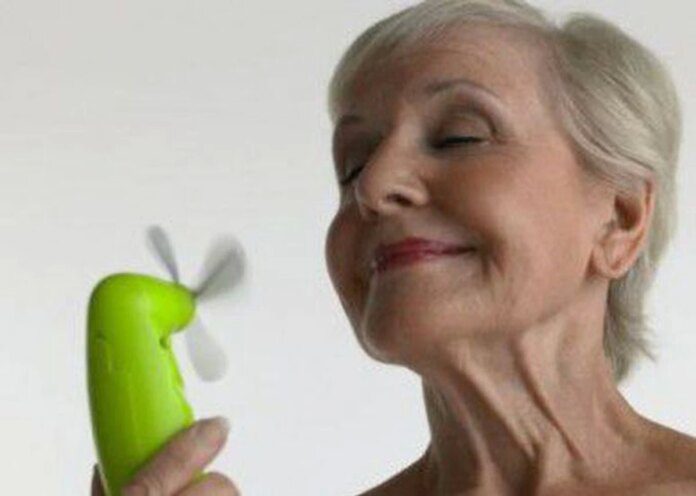
The first menopause clinch in Romania marks two years since its launch. On this occasion, he made an analysis of the most frequent problems faced by patients. One third of the patients who come to the gynecologist have associated pathologies.
The pandemic has caused many women to neglect their health and postpone routine visits to the doctor, especially during pandemic waves. However, repeated procrastination can have negative effects on health. After 55 years, when the stabilization of menopause takes place, women no longer need help in a strict relationship with menopause, as it stabilizes hormonally. But the risk of cancer and other serious pathologies increases with age, in the context of hormonal deprivation specific to this period, which makes routine checks absolutely necessary for their early detection. According to Mediplus specialists, one third of the patients who have come since the beginning of the pandemic have associated pathologies. “Addressability to the first Menopause Clinic in Romania has increased, but so has the percentage of patients with medium to severe pathology. Benign tumors of the uterus and ovaries, malignant tumors of the endometrium and breast are among the most common ailments. More than 50% of the patients I operate on and who need surgical intervention come from the menopause clinic. More than 10% have separate gynecological pathology that requires interventions, for example hysteroscopy, fibroids”, explains Dr. Iosif Niculescu, gynecologist. Among other ailments frequently found in patients who arrive at the menopause clinic are genital static disorders and stress incontinence, urinary infections, associated endocrine pathology (hyperthyroidism or other ailments), diabetes and obesity, cardiovascular pathology (especially hypertension). The lack of estrogen’s protective effect makes menopausal women much more prone to complications in case of Sars-Cov2 infection, an additional reason why vaccination is recommended for women in this category.
PRP therapy in the genital area
For menopausal or pre-menopausal patients, the WHO recommends hormonal supplementation in two situations: neuro-vegetative symptoms that alter the quality of life and problems in the uro-genital sphere. However, this does not always solve the second category of problems, which is why the Menopause Clinic is launching a series of state-of-the-art techniques.
One of the newest and most successful forms of adjunctive therapy for menopausal problems and beyond is genital plasma tissue rejuvenation therapy (PRP). In this technique, one injects, in different areas depending on the pathology, one’s own plasma rich in blood platelets, stimulating the processes of tissue repair and regeneration, by activating stem cells.
“There are a number of gynecological pathologies, present in women of all ages, for which this type of therapy is very effective. Also, reconstructive gynecology successfully uses this technique for the treatment of scars or the regulation of vaginal flora. For menopausal women, this technique especially alleviates the effects of urogenital syndrome,” says Dr. Vasilika Gero, gynecologist specializing in PRP therapy.
This procedure has a number of medical indications such as recurrent candidiasis, treatment of vaginal atrophy, treatment of low-grade urinary incontinence and recurrent cystitis, treatment of vulvar dystrophies in early stages, treatment of cervical ectopy (inflammation, diagnosed wound, etc.), improvement of endometrial quality (especially for IVF). At the same time, the effects of these interventions contribute a lot to the improvement of sex life affected by menopause and to the elimination of discomfort related to vaginal atrophy.
According to Eurostat, the average life expectancy of a woman in Europe is estimated at over 80 years, which means that approximately 40% of adulthood is lived in menopause. If in 1998 there were 477 million postmenopausal women, it is estimated that in 2045 there will be 1.1 billion postmenopausal women, globally. In Europe, the age associated with the onset of menopause is increasing (median at 54 years), although the factors that induce early menopause are, in turn, increasingly frequent in women’s lives – obesity, smoking, sedentary lifestyle.






































